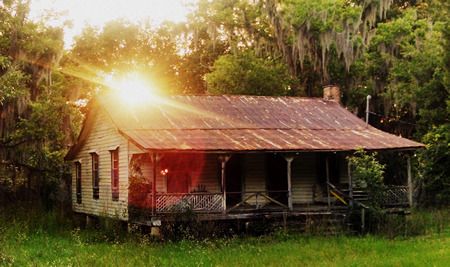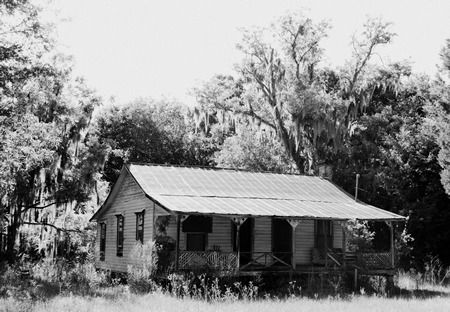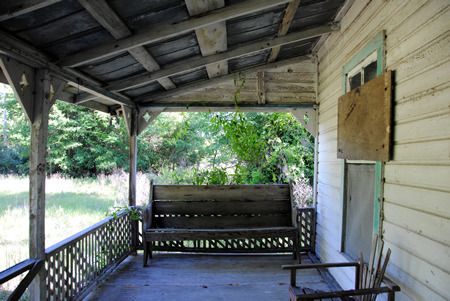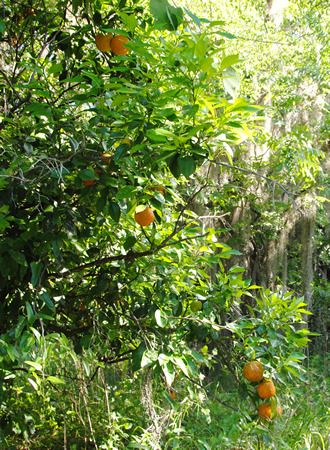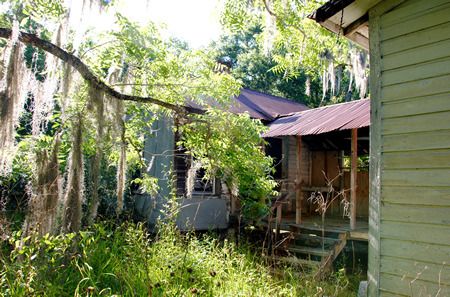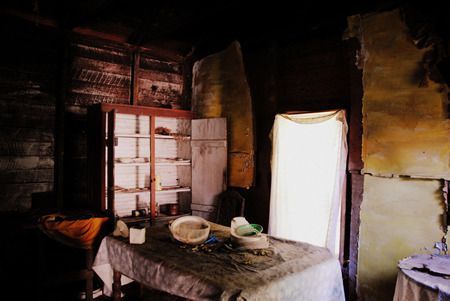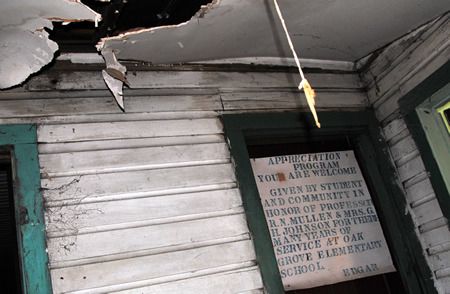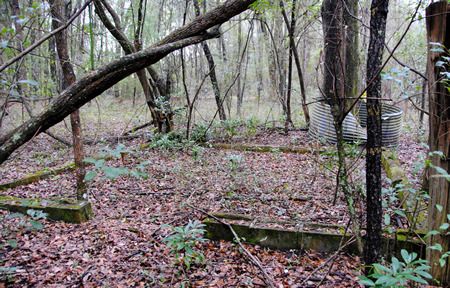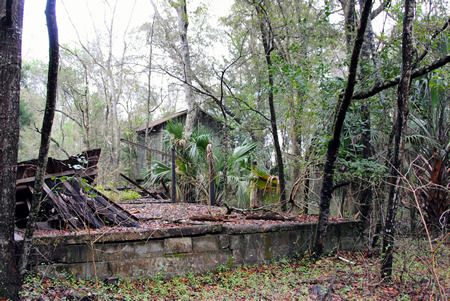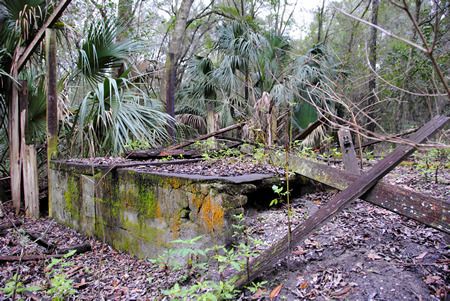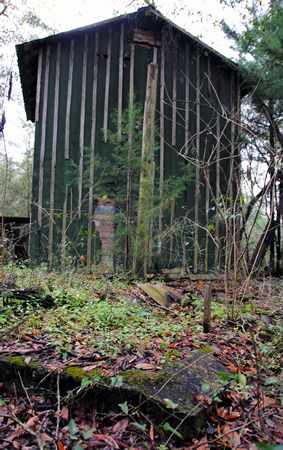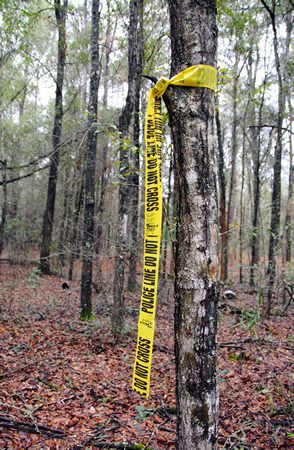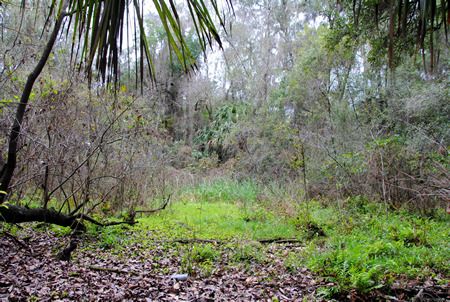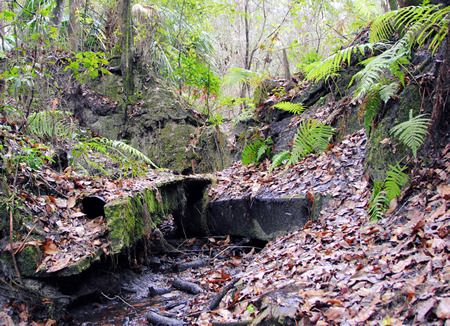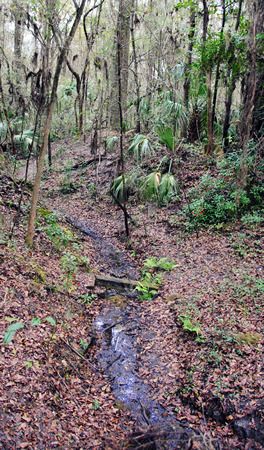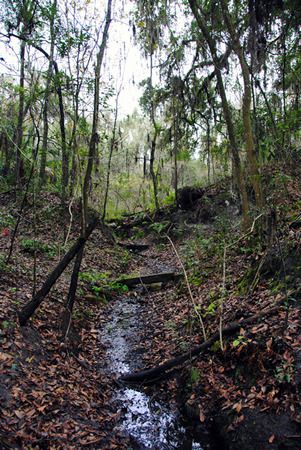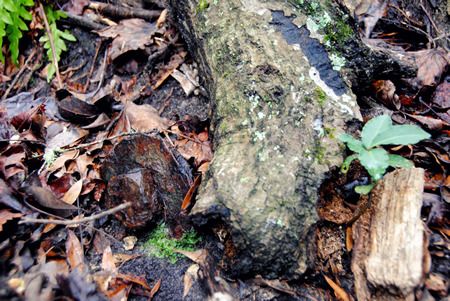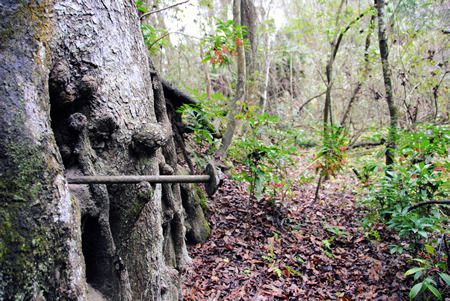In 2013, I spent my summer in the country of Kyrgyzstan. I
spent one month in the tiny village of Bar Bulak, known mainly within
Kyrgyzstan for its hot springs. People come to Bar Bulak from around the
country to soak in the water and thereby achieve a myriad of health benefits.
According to the sign (pictured below), “The Hot Springs is helpful for the
following illnesses: arthritis and other afflictions of the joints, stomach
acid (heartburn and ulcers), intestinal ailments, liver and gall bladder
problems, nervous disorders, and chronic female ailments.”
While the quaint, old-fashioned notion that soaking in
mineral waters helps alleviate various illnesses is still a commonly held
belief in Kyrgyzstan, it hasn’t been an accepted therapy in the United States
for nearly a century. However, at one point in time the belief in the
therapeutic properties of basking in mineral waters was popular in the United
States. Tourists flocked to Florida to take the waters of the state’s numerous
springs in hopes of enhancing their health. At the time, one of the most
popular restorative springs destinations was Suwannee Springs (also known as
Suwannee Sulphur Springs, for the sulphur-content of its water).
Beginning in the 1880s development of the springs for
tourism purposes began. Over the years, three different hotels, a springhouse,
and numerous cabins were erected, as well as a train station located a mile
from the springs, connected to the facility by a horse-drawn trolley line. The
first hotel, with 125 rooms, was built in 1883, but it burned to the ground the
following year. The second hotel was built concurrently with the approximately
15 cabins shortly thereafter, although the second hotel, too, succumbed to fire
in the early 1900s. The cabins and the much smaller hotel annex (third hotel) remained
open for business for several subsequent decades. Visitors were urged not just
to swim in the springs in order cure their ailments, but to drink the
restorative waters as well.

(Source)

(Source)

Second Hotel from 1885; horse-drawn trolley in front. (Source)

Suwannee Station, about a mile from the springs. Passengers would disembark and travel to the springs and hotels via horse-drawn trolley. (Source)

Suwannee Springs in the 1890s (Source)

Suwannee Springs with adjacent railroad and horse/cart bridge, 1890s (Source)
Cottages, 1885 (Source)

Same cottages, 1974 (Source)
What remains of two cabins, the springhouse, and the third hotel
(which was later converted into a store), can still be seen today, in addition
to the pilings from the old railroad bridge and former automotive bridge,
abandoned in 1971 when highway 129 was routed onto a new bridge a quarter of a
mile to the north. The following pictures were taken by me in 2014 and 2015.

Bridge Closed sign north of the bridge is barely legible - and unnecessary as there is no possibility of vehicular access from the north.
The remains of Old 129 dead end at Sugar Creek, a short walk north of the bridge.
More information is available at the following links:


























